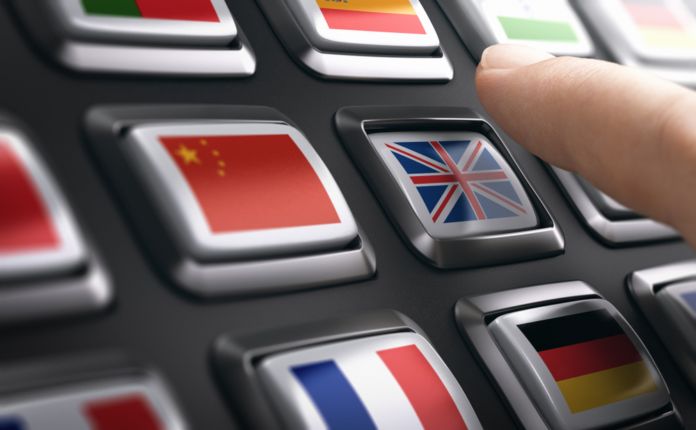
In modern businesses’ broad, diversified, and multicultural environment, the question of multi-language customer service was one we could not elude for long.
Is English or Spanish alone enough? For North American audiences, maybe. Going by most metrics (including being among the most spoken and understood languages in the world), there is a case for English as a core customer service language. The same could be said about Chinese, for businesses in China, and German for companies in Germany, and so forth.
But what about your non-native customers who don’t happen to speak native or popular languages? Where does this leave them? Well, neglected, at the mercy of online translators, or the inconvenience of guessing how much is lost in translation.
Here are a few reasons why you should consider multi-language customer solutions for your customer service strategy:
1. Broaden Your Customer Base
In today’s competitive environment, every customer matters. The biggest benefit of a multi-language service is that it exposes you to a broader market. This includes niched audiences within the country and international audiences abroad.
Adding a nation’s language to your customer service means you get to extend your exceptional customer experience to your customers there and start building more returning and loyal customers.
2. Improving Customer Trust through Localization
Most international businesses are always at risk of looking like the dreaded conglomerate. This is not a great way to build trust while conducting business abroad. This scenario often happens when people take a business to a nation and choose to transact in a language the locals don’t understand.
Improving reception and trust in a foreign market is a long and complex procedure. However, the first and most crucial step to achieving this is including multi-language customer service in your customer relations.
3. Running an Efficient Business
In today’s business operations, efficiency is the name of the game. However, can you build an efficient business while serving a multi-lingual audience? Look at the U.S., for example, where the number of native Spanish speakers has steadily risen for decades, according to Census.gov data.
Well, using one language surely isn’t it. Forcing customers to use a language they struggle with or having your agents translate over the phone results in massive inefficiencies. Instead, using a translation service such as Unbabel is a better way to approach your multi-lingual customers.
4. Augment Your Customer Experience (CX) and Customer Service
An exceptional customer experience is a great way to build a competitive advantage, with statistics showing that customers are willing to pay more for a better service. Unfortunately, for customers who don’t speak their native language, building a customer experience with them is almost impossible, which may steer them away to other more considerate, better equipped businesses.
A multi-lingual solution for your non-native speakers is the first step in building a unique and unforgettable customer experience that will go a long way in helping you build brand loyalty.
5. Establish a Competitive Advantage
The best thing about multi-lingual customer service is that much of your competition isn’t doing it. This lets you gain a competitive advantage and start distinguishing your brand early.
When it comes to your customer service strategy, remember to consider the five P’s: Price, Product, Promotion, Place and most importantly, People. When you focus on the people — and thus their native languages — you’ll be better able to serve and partner with them long term.










